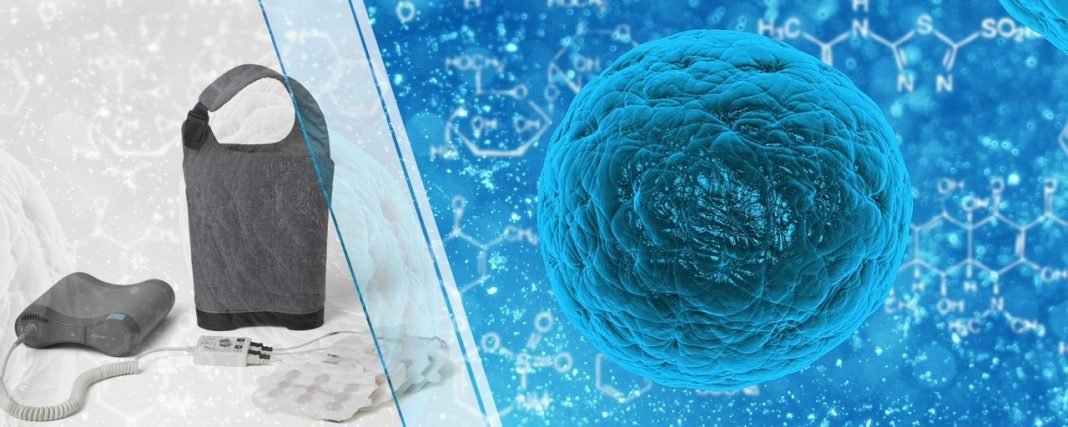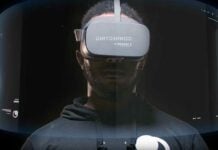Healthcare is changing fast these days. The future of wearable technology is fought for by its ability to capture data from the body and provide insight into an individual’s strengths and weaknesses. Outcomes are looking sharp based off of today’s news and developments. The WT team thinks that Healthcare Wearables will be the long-standing category in highest sales, revenue and providing importance for our future. One of the most funded research projects today is in finding a cure to cancer. Wearables have high hopes to catching cancer early. Take a look at what the trusted WT | Team has found:
Breast cancer has many forms. If you find the cancer cells early the chances of a speedy recovery are a lot higher. Early detection can also reduce the amount of time and type of treatment. Cyrcadia Health is has developed sensors that you can place inside of any bra. Their goal is enlightened greater awareness. They accomplish this by sensing the wearer’s temperature to study patterns in circadian cellular baselines. The user can wear iTBra for 2 to 12 hours in the comfort of your home. If anything “weird” seems to be happening, Cyrcadia’s team will notify your doctor and you. Today, iTBra is patent pending and is under-going clinical testing.
Braster is a Polish company that has patented state-of-the-art technology. It is called: liquid-crystal contact thermography. The liquid-crystal is a gel that you place on silm and roll over your breast to detect thermal changes, which could mean malignant tumors. This is a safe and easy way to give yourself at-home examinations. Braster is not quite for sale, but with international patents, you are sure to know when you can have your own.
Detecting prostate cancer has historically been an unpleasant experience for patients. The need for improving test and comfortability has lead two companies into the wearable space. The first is Vylvy, smart compression shorts. Vylvy does not detect cancer, but it can help prevent it. How? By teaching men how to train their Kegels. This not only strengths your prostate, but it enhances your intimacy stamina. Vylvy is currently accepting pre-orders.
The second is ScanMed. Their device is used for detecting prostate cancer by physicians. Their Prostate Pelvic Coil, SemiFlex, provides high-quality images of the reproductive area. SemiFlex looks like it would feel like putting a diaper, even so, it is preferred over other methods. The technology enhances MIR findings by acting like an antenna. The device is not limited to men, but it is proven to provide great insights to prostate cancer.
Boy, was this summer filled with strange weather patterns. The predictions of a shrinking Ozone layer seem more and more real. This means that the sun feels like it is getting stronger. Skin cancer will become a bigger and bigger problem, particularly if you are not careful. This has also opened up a need in the WT market for UV sensing wearables. Patches are becoming a real hit. MC10 and L’Oréal were the first to make it possible with My UV Patch. You can find My UV Patch at any La Roche-Posay store or online.
Violet by Ultra is a clip-on UV detection wearable. It is great for showing you on the device that you have reached your maximum time in the sun for the day. Contrary, it will also tell you when you need to go outside and soak up some Vitamin D. Violet is safe for people of all ages and for any activity.
Stay healthy and happy with wearable technology! Don’t be afraid of asking your doctor if you have any concerns. Please confide in them if you considering the use of wearables. Technology does not take the place of your doctor, instead it enables them with more information about your daily rituals.















